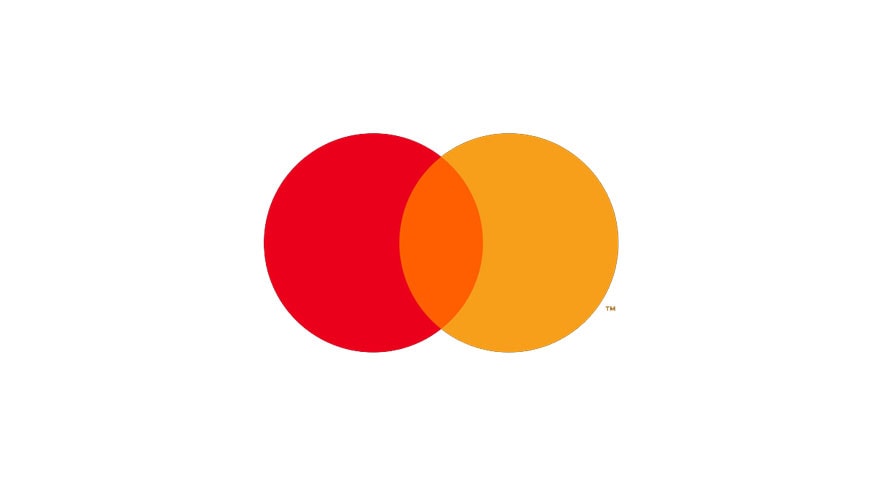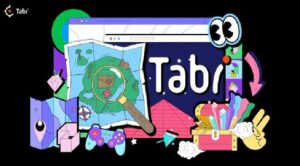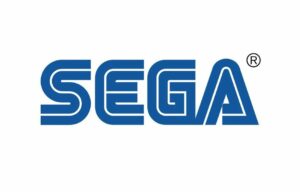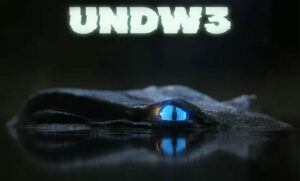
Quick take:
- Mastercard is expanding its Web3 strategy with a new project that seeks to tokenise CBDCs.
- The eAUD project ran a live demo of the pilot on Thursday with an NFT purchase on Ethereum.
- The company wanted to demonstrate how to use a CBDC instead of a stablecoin to pay for an NFT.
Mastercard is ramping up its digital payment services with a Central Bank Digital Coin (CBDC) tokenisation network. The company on Thursday ran a pilot of the project in Australia with an NFT purchase on Ethereum.
The global payments services provider has teamed up with Cuscal, Mintable, and the Reserve Bank of Australia. In the pilot, Mastercard wanted to demonstrate how a CBDC can be used instead of a stablecoin to pay for an NFT.
The company wants to deploy its multi-token network across multiple blockchains, integrating its MasterCard Crypto Credentials to provide unparalleled interoperability.
Commenting on the announcement, Richard Wormald, Division President, Australasia at Mastercard said: “By enabling people to easily move digital currencies on-demand, via Mastercard’s trusted network, more consumers could participate in crypto ecosystems using reputable and reliable forms of money, while enjoying the benefits that these currencies offer such as programmability, transparency, and compliance.”
Mastercard has been making major movements in the Web3 space recently. In April, it dropped a limited edition NFT collection for its artist-focused accelerator and teamed up with Aptos Labs to create a Web3 identity framework for apps. Earlier in the year, the company launched a Web3 incubator program on Polygon.
Unlike cryptocurrencies, which can be transferred pseudonymously, the transfer of CBDCs requires full compliance with know-your-customer (KYC) requirements. Mastercard has enabled an allow-list that ensures only approved addresses can use the CBDC.
Although the eAUD is issued on a private blockchain, Mastercard is already exploring multiple use cases that can be deployed on public blockchains. For instance, it issued a ‘wrapped’ CBDC on the Ethereum blockchain to purchase an NFT.
The company thinks that the rising need in the mainstream to buy such digital products using local currency like the US dollar provides a perfect scenario of how CBDCs could be used on public blockchains.
****
Stay up to date:
Subscribe to our newsletter using this link – we won’t spam!
- SEO Powered Content & PR Distribution. Get Amplified Today.
- PlatoData.Network Vertical Generative Ai. Empower Yourself. Access Here.
- PlatoAiStream. Web3 Intelligence. Knowledge Amplified. Access Here.
- PlatoESG. Carbon, CleanTech, Energy, Environment, Solar, Waste Management. Access Here.
- PlatoHealth. Biotech and Clinical Trials Intelligence. Access Here.
- Source: https://www.nftgators.com/mastercard-enables-cbdc-tokenisation-across-multiple-blockchains/
- :has
- :is
- $UP
- a
- accelerator
- across
- addresses
- already
- an
- and
- Announcement
- approved
- apps
- April
- Aptos
- AS
- At
- Australia
- Bank
- BE
- been
- benefits
- blockchain
- blockchains
- buy
- CAN
- cases
- CBDC
- CBDCs
- central
- Central Bank
- Coin
- collection
- company
- compliance
- Consumers
- could
- create
- Credentials
- crypto
- Crypto Ecosystems
- cryptocurrencies
- currencies
- Currency
- Date
- Demo
- demonstrate
- deploy
- deployed
- digital
- digital coin
- digital currencies
- Digital Payment
- Division
- Dollar
- Earlier
- easily
- EAUD
- Ecosystems
- edition
- enabled
- enables
- enabling
- ensures
- ethereum
- Ethereum blockchain
- expanding
- Exploring
- For
- forms
- Framework
- full
- Global
- Global Payments
- How
- How To
- HTTPS
- Identity
- in
- incubator
- instance
- instead
- Integrating
- Interoperability
- Issued
- IT
- ITS
- jpg
- KYC
- launched
- like
- Limited
- live
- local
- Mainstream
- major
- Making
- mastercard
- mastercard crypto
- money
- more
- move
- movements
- multiple
- Need
- network
- New
- Newsletter
- NFT
- NFT collection
- NFTgators
- of
- offer
- on
- On-Demand
- only
- our
- participate
- Pay
- payment
- Payment Services
- payments
- People
- perfect
- pilot
- plato
- Plato AiStream
- Plato Data Intelligence
- PlatoAiCast
- PlatoData
- Polygon
- president
- private
- Products
- project
- provide
- provider
- provides
- public
- purchase
- ramping
- recently
- reliable
- reputable
- Requirements
- requires
- Reserve
- reserve bank
- reserve bank of australia
- Richard
- rising
- scenario
- Seeks
- Services
- Space
- stablecoin
- Strategy
- such
- Take
- teamed
- that
- The
- These
- Thinks
- thursday
- to
- tokenisation
- transfer
- transferred
- Transparency
- trusted
- unparalleled
- us
- US Dollar
- use
- used
- using
- via
- wanted
- wants
- we
- Web3
- Web3 space
- which
- while
- with
- year










